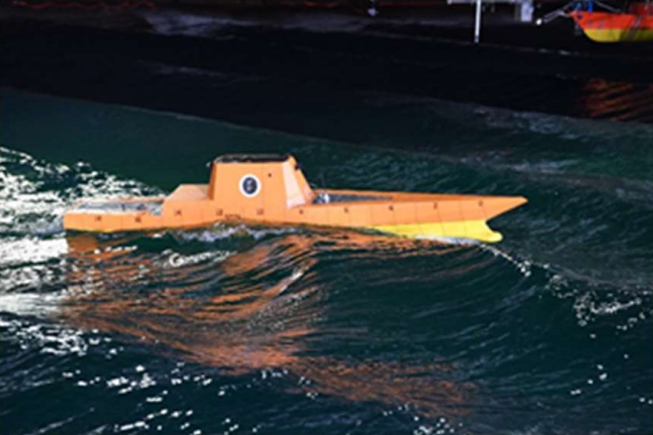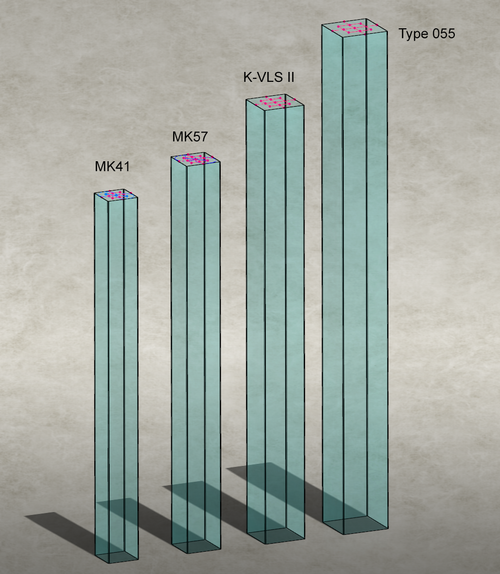Firefinder
ACCESS: Top Secret
- Joined
- 5 October 2019
- Messages
- 1,041
- Reaction score
- 1,892
The Mark 41 is not that vulnerable to hits, the times that they suffer an hang missile and explosions in the cells comes to mind...Vulnerable how? On the contrary, they act as armor for the ship, protecting it from deeper penetrations. The cells are armored in such a way that a missile can burn in it's cell without harming the ship. In contrast, if the Mark 41 gets hit, the ship is a goner.If the US decides to build the next-gen cruiser, no edge-peripheral launch system/tubes like DDG-1000 Zumwalt, way too vulnerable, keep armament amidship and re-loadable.
Also, VLS is not practically reloadable at sea in any US ship. The Navy gave up on attempting underway reloading of the Mark 41 decades ago.
But it does eat up a Metric Crapton of premium centerline space. Space that can be use for may other things.
Crew quarters, guns, storage, generators, ETC.
Two of which are noted problems on the current combat ships. The navy will love to give its crew more space and ships more power for DEW type toys.
The Mk57 gives you that option without making the ship larger, and as such it be slightly more cheaper.








